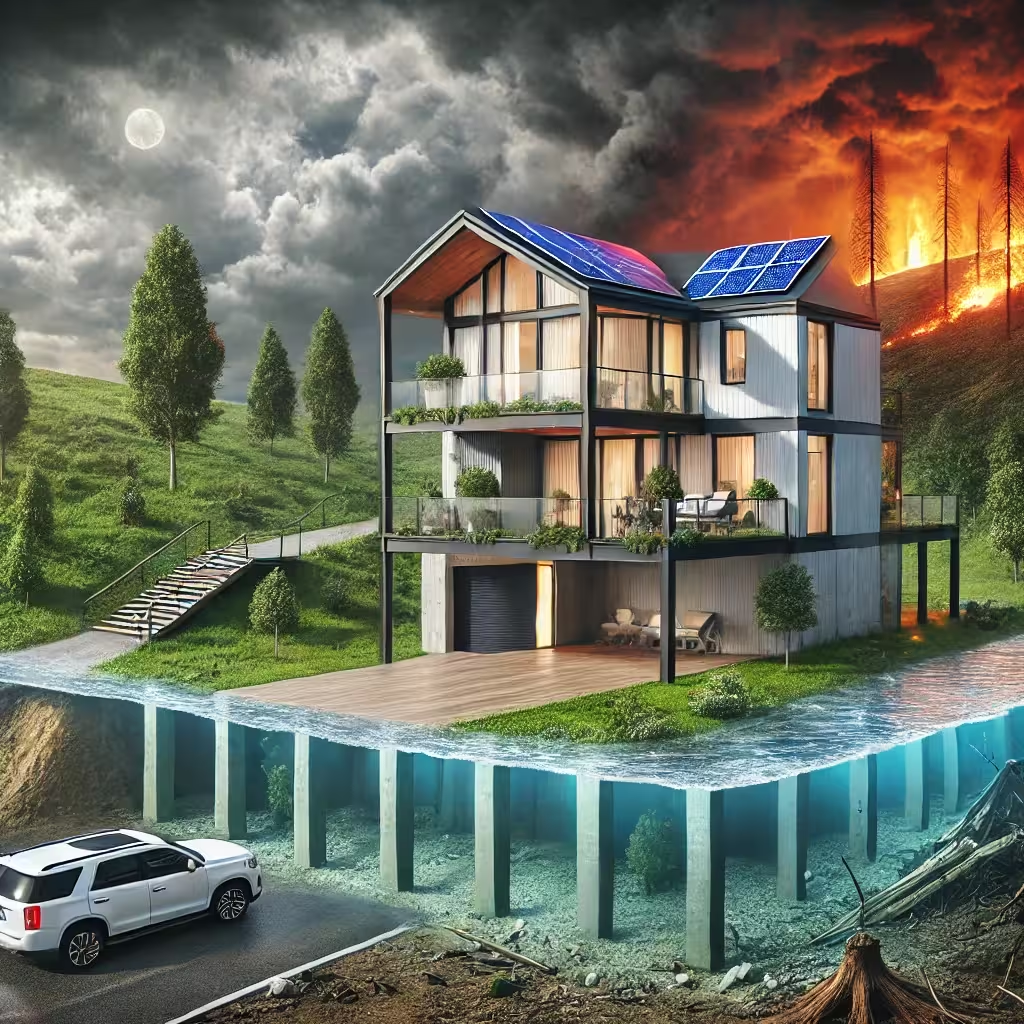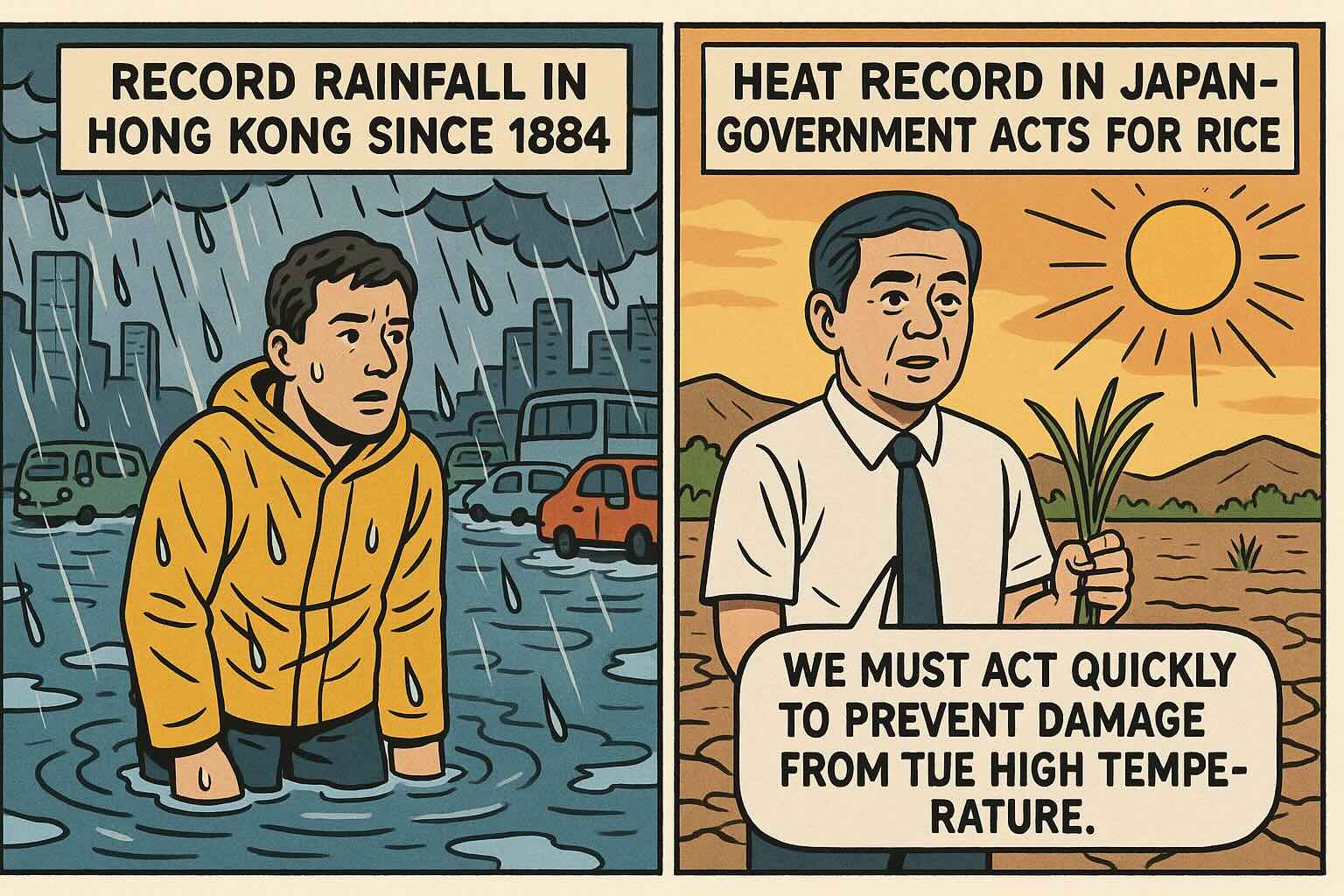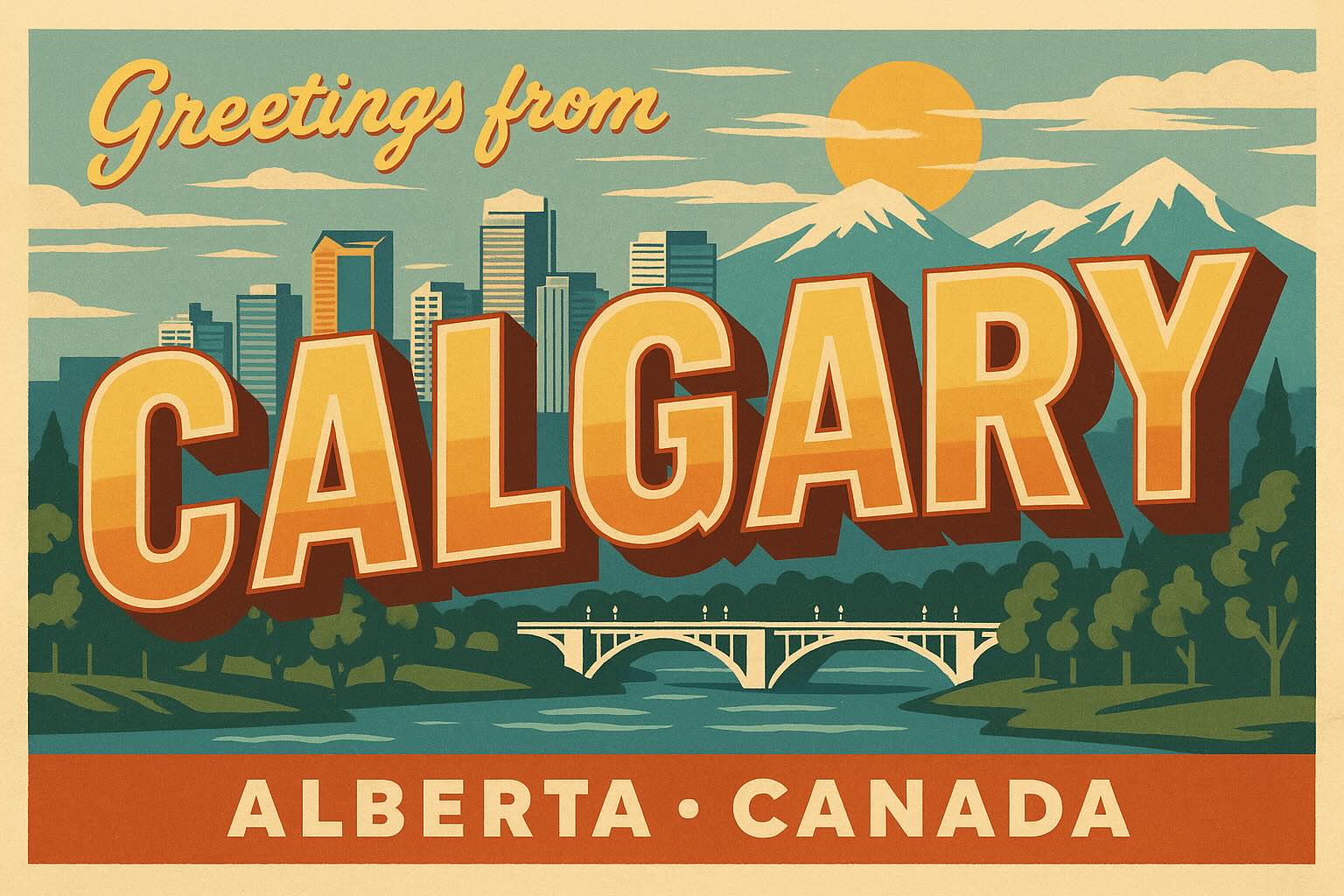
Climate change is having an increasing impact on the housing market. Extreme weather, rising sea levels, and more frequent natural disasters mean that new risks must be considered when purchasing a home or property. This article guides you through the key aspects to keep in mind to make a safe and sustainable decision.
Rising sea levels and heavier rainfall are making floods more common. Before buying a property, you should:
Heavy rains and changing soil conditions can increase the risk of landslides and erosion, especially in sloped areas. To minimize risk:
Heatwaves and drought increase the risk of wildfires. If you are considering buying a home near forests:
Climate risks affect insurance costs, and in some cases, it may be difficult to obtain insurance at all.
To future-proof your home, consider climate-adaptive solutions:
Buying a home is not just about price and location – it is also about understanding how climate change can impact safety and finances. By analyzing risks and adapting to future challenges, you can make a safer and more sustainable investment.
Author
Sammy Salmela is a contributor to BestCityIndex with expertise in urban development and global city trends.
Stay updated with our latest insights and city rankings.

Introduction:The aroma of aged wheels, bubbling fondue, and freshly baked bread for cheese lovers, Europe is a true paradise. Here are five cities where cheese...

Date: 5 August 2025Source: AFP, Reuters, Local Weather AuthoritiesReading Time: 3 minutesIntroductionIn just one week, Asia has faced two stark climate...

Moving to Europe: Pros and Cons by Country for Work, Retirement, Education & Lifestyle Part 1.Moving from the United States to Europe is an exciting...




